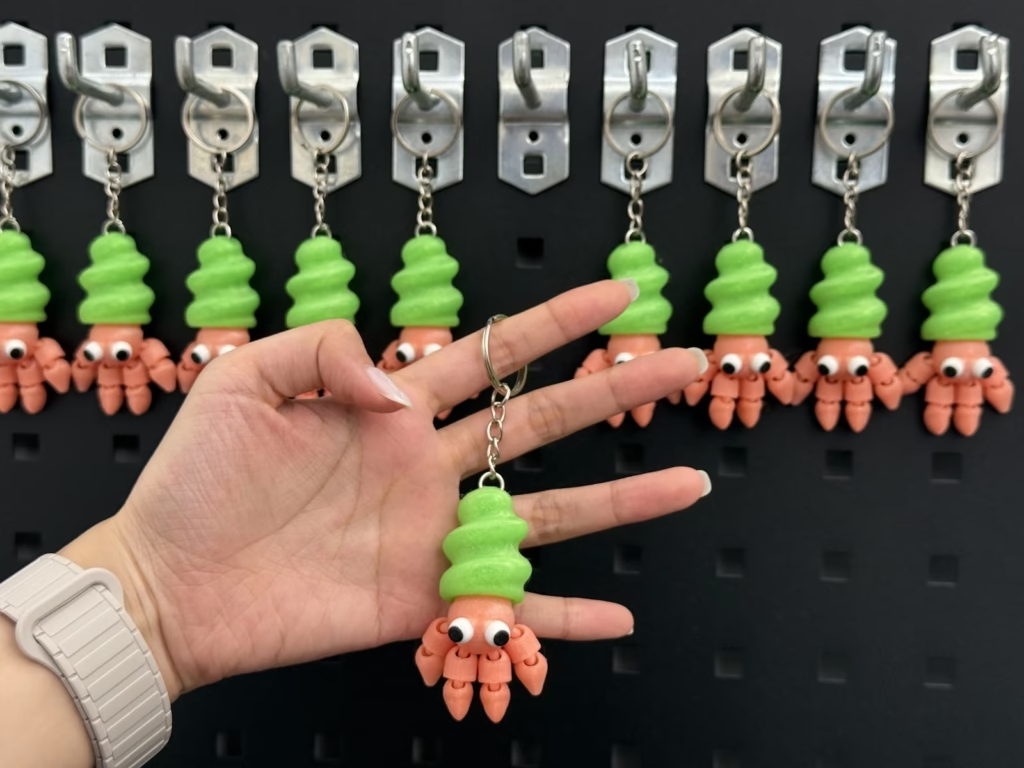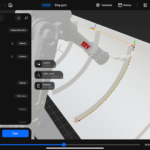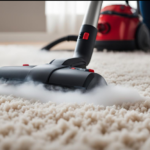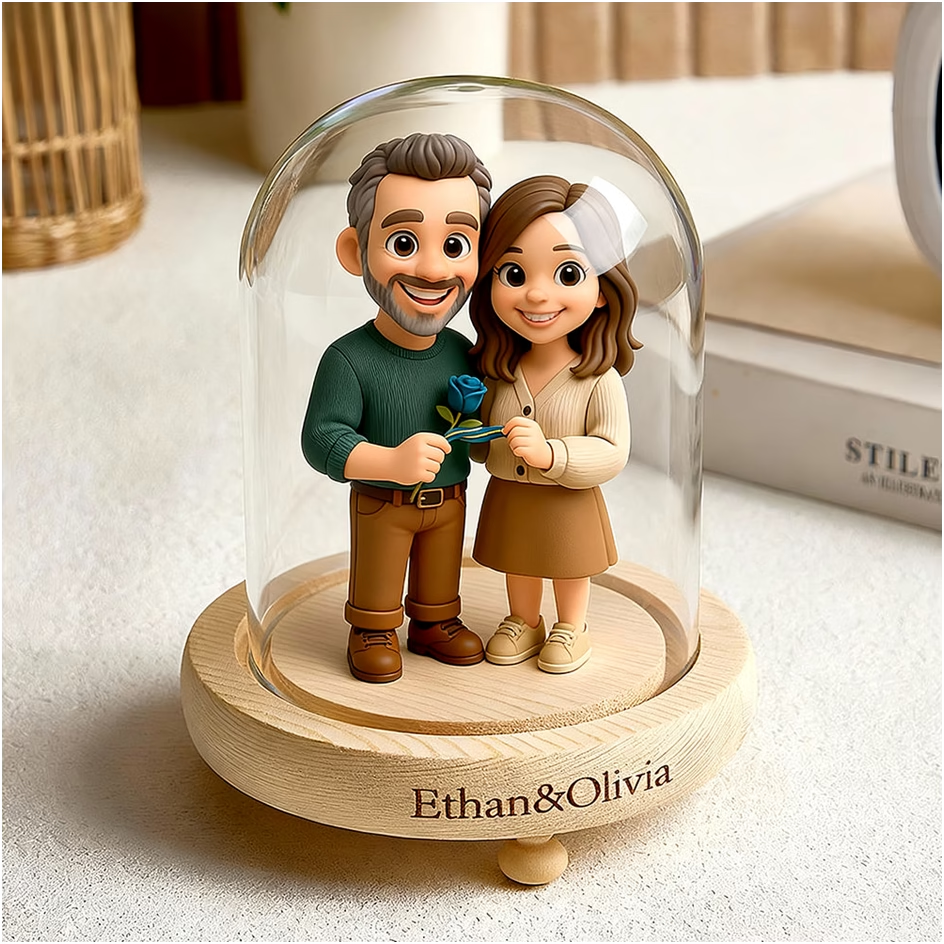If you scroll through Instagram or Reddit’s 3D printing communities today, you will see a lot of dragons. You will see rainbow-colored vases, intricate busts of superheroes, and multi-colored topographical maps. The consumer 3D printing market has undeniably entered the “Color Era.”
However, for the dedicated maker—the person who builds cosplay props, repairs household items, or designs custom RC car parts—color is often just surface-level icing. The real revolution isn’t about making a print look pretty; it’s about making a print function differently.
The next frontier for desktop fabrication is not just multi-color, but multi-material. Specifically, the holy grail of combining rigid structural materials (like PLA or PETG) with flexible, rubber-like materials (like TPU) in a single print job.
While many popular consumer machines claim to handle multi-color work, most stumble when asked to mix materials with different chemical and thermal properties. Here is why mixing materials is the ultimate upgrade for your workshop, and why hardware matters more than you think.
The “Jam” Problem in Single-Nozzle Systems
To understand why multi-material printing is rare in the consumer space, we have to look at the limitations of the current “single nozzle” trend.
Most popular multi-color systems work by splicing filament. They feed Filament A into the nozzle, print, pull it all the way back out, and push Filament B in. This works reasonably well when both filaments are PLA. They melt at similar temperatures and have similar stiffness.
However, try to mix PLA (rigid) with TPU (a flexible noodle) in these systems, and you are asking for trouble. Flexible filaments are notoriously difficult to push through long Bowden tubes. They stretch, compress, and often get stuck in the “Y-splitters” used by single-nozzle printers. Furthermore, if you don’t purge the nozzle perfectly, the slippery TPU residue ruins the layer adhesion of the rigid PLA, causing the model to snap apart.
This is where owning a dedicated multi color 3d printer with independent toolheads changes the game. By having a dedicated extruder and nozzle for the flexible material and a separate one for the rigid material, you eliminate the retraction wars. The flexible filament stays loaded in its own direct-drive head, ready to print instantly without being pushed and pulled through feet of tubing.
Use Case 1: The “Soft-Touch” Upgrade
So, what can you actually build with this technology? The most immediate application is ergonomics.
If you design handles, grips, or tools, printing them entirely in hard plastic often feels cheap or uncomfortable. Printing them entirely in rubber makes them too floppy to be useful. By combining the two, you can print a screwdriver handle with a solid PETG core for strength, fused seamlessly with a TPU outer grip for comfort and traction.
This capability is massive for the cosplay community. Imagine printing a helmet or armor piece where the hard outer shell is PLA, but the internal contact points are printed in soft TPU. You aren’t gluing foam padding into your prop after the fact; you are printing the comfort layer directly into the design. It is a level of finish that was previously impossible without expensive casting and molding.
Use Case 2: Integrated Mechanisms
Beyond comfort, multi-material printing allows for “print-in-place” mechanisms that are actually functional.
With a standard color 3d printer, you might print a car with black tires and a red body, but the tires are hard plastic. They slide around on the floor. With a multi-material system, you can print the rim in PLA and the tire in TPU. The result is a functional wheel with real grip, printed as a single, inseparable unit.
This extends to living hinges, waterproof gaskets printed directly onto lids, and shock absorbers for electronics cases. You are no longer just printing a shell; you are printing a complex assembly with varying material properties.
The Importance of Soluble Supports
There is one more “material mix” that deserves mention: soluble supports.
If you have ever spent an hour with pliers trying to rip support structures off a complex model, you know the pain. It often leaves scars on the surface or breaks delicate details.
With independent extruders, you can load your primary extruder with your building material (PLA) and your secondary extruder with a soluble material (like PVA or specialized breakaway support). Because the support interface is a different material, it doesn’t fuse to the model. You simply toss the finished print in a bucket of water, and the supports dissolve, leaving a perfect surface underneath. This allows for complex geometries—like floating spheres or internal cavities—that are literally impossible to print with standard supports.
Unlocking the Full Potential of Your Workshop
As the price of 3D printing drops, the market is flooded with machines that all look somewhat similar. They all melt plastic, and they all move on three axes. But for the maker looking to grow their skills, the differentiator is versatility.
A printer that requires you to swap nozzles manually or unclog jams every time you try to use flexible filament will eventually become a decoration on your shelf. A machine designed with independent toolheads for true multi-material capability becomes a workhorse.Moving from single-material to multi-material printing requires a bit more learning. You have to understand slicer settings and how different plastics bond to one another. But the payoff is immense. It transforms your 3D printer from a “toy maker” into a versatile fabrication unit capable of producing objects that look, feel, and function like professional products.






